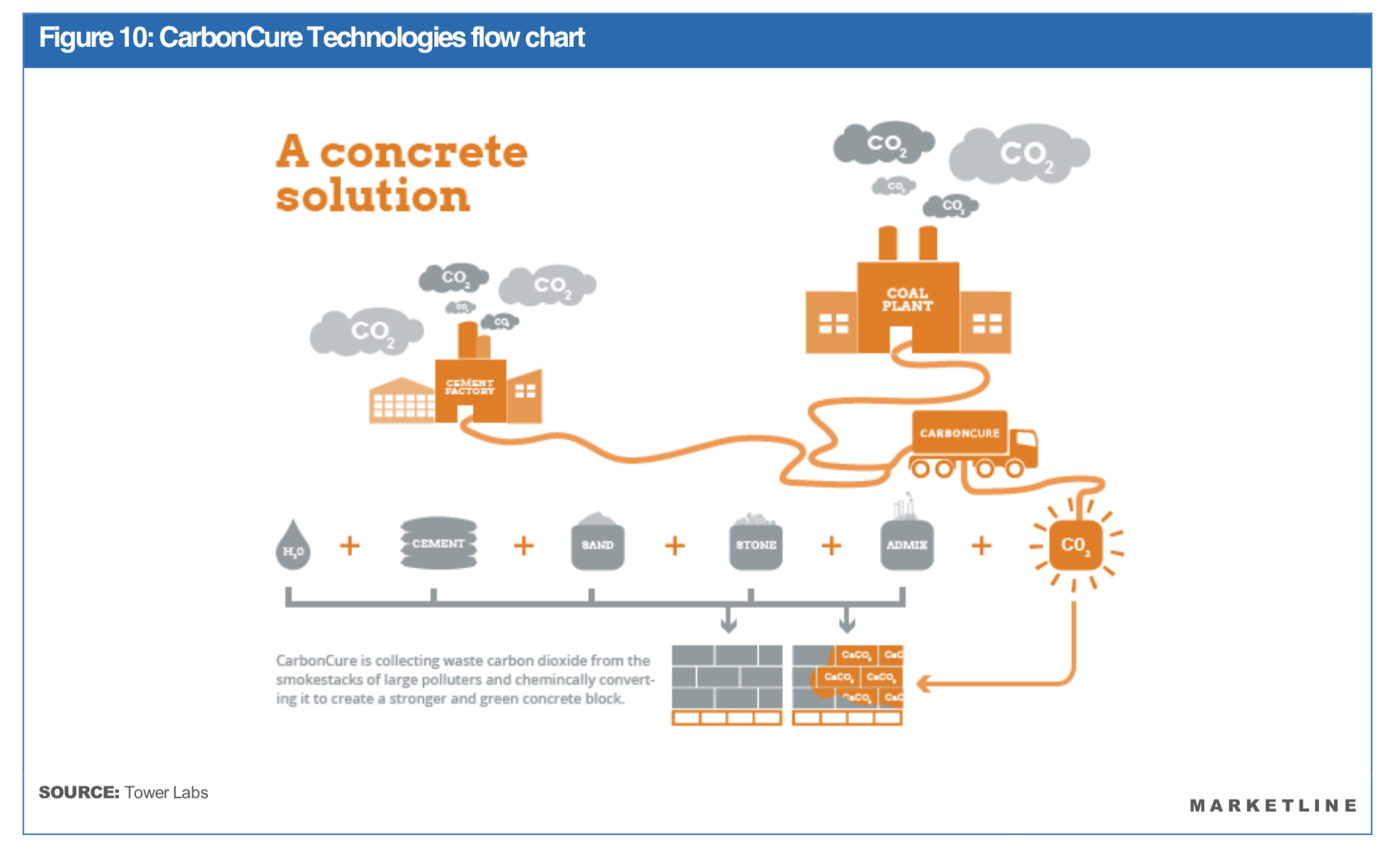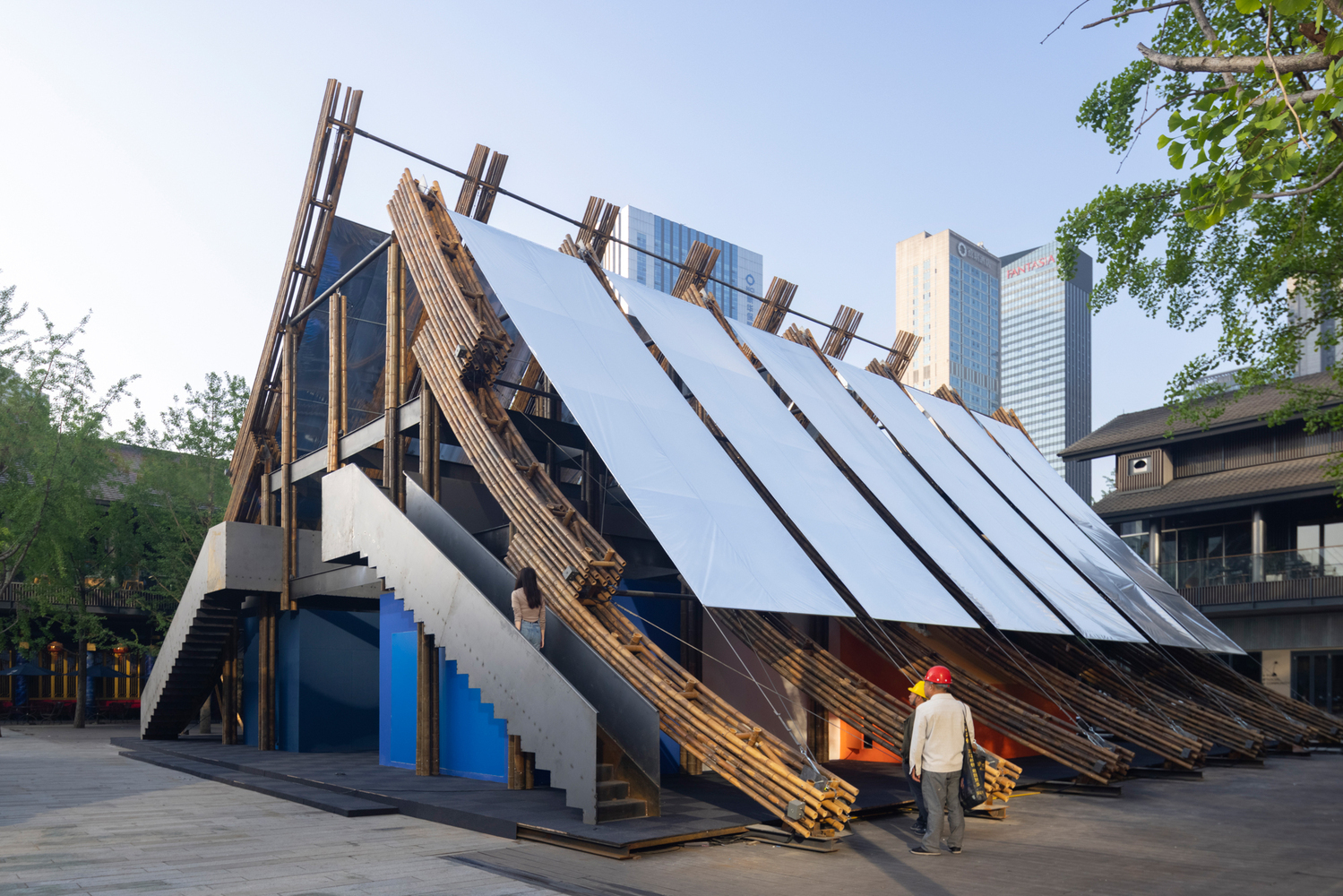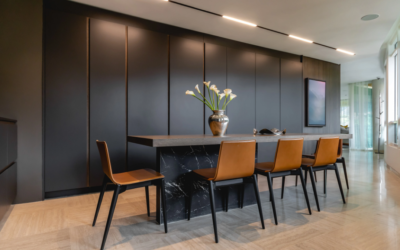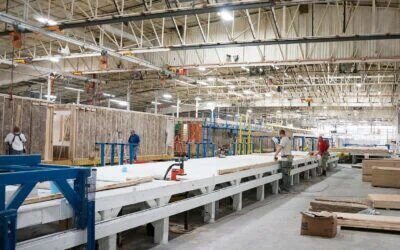NEWS
EXPLORING THE FUTURE: TOP FIVE CONSTRUCTION TRENDS THAT WILL DOMINATE THE INDUSTRY
At the intersection of innovation and tradition, the construction industry stands as a pillar of constant evolution and progress. As we enter a new era of sustainable and technological development, five key trends are emerging that are redefining the boundaries of what is possible in the world of construction. From the adoption of green practices to the 3D printing revolution, these trends are not only transforming the way we build, but also how we conceive and inhabit spaces. Below, we explore these trends and how they could shape the horizon of this vital industry.
Sustainability and Green Building
Sustainability and green building have emerged as fundamental principles in the construction industry, representing a holistic approach that spans from the choice of materials to the design and operation of buildings. This holistic approach seeks to minimize the environmental impact of buildings and promote efficiency in all aspects. The experimentation and adoption of recycled, renewable and low environmental impact materials, such as ecological concrete that captures CO2, are testimony to a growing commitment to creating structures that coexist harmoniously with the environment, being both resistant and respectful of the planet.
In parallel to innovation in materials, energy efficiency and sustainable water management have positioned themselves as essential pillars of green building. Through the implementation of smart designs, advanced insulation technologies and renewable energy systems, today’s projects aim to significantly reduce energy consumption and carbon emissions. The integration of rainwater harvesting systems, gray water treatment and reuse technologies, along with the use of efficient appliances, reflect a conscious effort to conserve and optimize the use of water, an increasingly precious resource.
Finally, bioclimatic design and environmental certifications have become key strategies for promoting sustainability. Bioclimatic design takes advantage of local climatic and environmental conditions to maximize thermal and lighting comfort, reducing dependence on artificial air conditioning and lighting systems. On the other hand, environmental certifications such as LEED or BREEAM have become seals of quality and commitment, ensuring that projects meet high standards of sustainability and green building, and positioning the industry at the forefront of a greener and more responsible future.
3D Technology and Printed Construction
The revolution in 3D technology and printed construction is redefining the boundaries of architecture and engineering, opening up a world of possibilities in the creation of structures and buildings. This innovative technique allows the fabrication of components and, in some cases, complete structures, by successively adding layers of material, following a three-dimensional digital model. The precision and flexibility offered by 3D printing are enabling the development of more complex and customized designs that were previously difficult, or even impossible, to realize with traditional construction methods.
In addition to design versatility, 3D printed construction offers significant advantages in terms of efficiency and sustainability. The ability to print only the amount of material needed significantly reduces waste, contributing to the sustainability of projects. Likewise, automating the construction process through 3D printing can significantly speed up production times, reducing costs and enabling projects to be completed in shorter timeframes. This efficiency in time and resources is positioning 3D technology as a valuable tool in the response to housing crises and in the creation of infrastructure in remote or disaster-affected areas.
The exploration and adoption of 3D technology in the construction sector does not stop on Earth. Organizations such as NASA are actively investigating the use of 3D printing for the construction of space habitats, which could be key in the future colonization of other planets. This technological advancement, along with continued research and development, suggests a future in which 3D printed construction could be a common element in building, both on our planet and beyond, expanding the boundaries of what is possible in the field of construction.
Digitization and Automation
In the age of information and technology, digitization and automation have become driving forces that are transforming the construction landscape. The incorporation of digital technologies into construction processes is enabling more accurate planning, more efficient project management and more agile execution. Tools such as Building Information Modeling (BIM) are revolutionizing the way professionals visualize, plan and build by providing detailed three-dimensional models that improve collaboration and reduce errors and rework.
Automation, on the other hand, is introducing a new dimension of efficiency and precision to the industry. The use of robots and automated machinery on construction sites is minimizing reliance on manual labor, reducing the risks associated with human labor, and improving accuracy and speed of execution. This transition to more automated construction methods is resulting in safer, faster and more cost-effective projects, while opening up new possibilities and challenges in terms of design and execution.
Beyond operational efficiency, digitization and automation are facilitating the collection and analysis of large volumes of data, which in turn is driving informed decision making and resource optimization. The ability to monitor construction progress, costs and resource usage in real time is enabling professionals to anticipate and resolve issues proactively, improving the quality and sustainability of projects. In this context of constant evolution, the integration of digitalization and automation presents itself as an inescapable path to the future of construction, a future characterized by innovation, efficiency and adaptability.
Modular and Prefabricated Construction
Modular and prefabricated construction is gaining ground as an innovative solution that responds to the growing demands for efficiency, sustainability and flexibility in the construction sector. This methodology is characterized by the production of building modules or components in a controlled factory environment, then transported and assembled at the project site. This approach allows for tighter quality control, reduces construction times and minimizes material waste, contributing significantly to the sustainability of projects.

The versatility of modular and prefabricated construction is opening up new possibilities in the design and implementation of living spaces. The ability to customize, expand, reconfigure and relocate structures offers an adaptive response to the changing needs of users and communities. This flexibility, combined with speed of implementation, is positioning modular construction as an attractive option for addressing urgent challenges, such as housing shortages and the creation of temporary or permanent infrastructure in areas affected by natural disasters or conflict.
As technology and materials continue to advance, modular and prefabricated construction is exploring new horizons of innovation and sustainability. The integration of green materials, renewable energy systems and energy-efficient solutions is raising the standard of modular construction, aligning it with the goals of sustainable development and human well-being. In this context of transformation and growth, modular and prefabricated construction is emerging as a key trend that is redefining the way we conceive, build and inhabit spaces, leading the way to a more sustainable and adaptive future in construction.
Innovation in Materials
In an industry where strength, durability and sustainability are essential, materials innovation is playing a crucial role in the evolution of construction. Ongoing research and development in this field is leading to the creation of lighter, stronger and more environmentally friendly materials. A prime example is the technology developed by CarbonCure Technologies Inc. a Canadian company that has created a form of concrete that not only removes carbon dioxide from the air, but also converts it into a mineral, strengthening the concrete and preventing the future release of CO2, even when the building is demolished. This innovation not only results in stronger concrete, but can also offer significant savings on large-scale projects, providing a unique selling point in a financially constrained construction industry.

The quest for sustainability is at the heart of materials innovation. The introduction of recycled and biodegradable materials, as well as the development of technologies that reduce the carbon footprint of building materials, are contributing significantly to the reduction of the industry’s environmental impact. In addition, the exploration of materials with improved thermal and acoustic properties is optimizing the energy performance of buildings and improving the quality of life of occupants. A prime example is graphene, a carbon-derived material that, because of its strength and lightness, is being explored for use in construction, offering revolutionary possibilities in terms of design and functionality.
In this constantly evolving landscape, Materials Innovation is not only redefining the boundaries of construction, but also opening new avenues to address global sustainability and development challenges. The adaptability and versatility of new materials are enabling architects and engineers to imagine and create structures that were previously unthinkable, merging form and function in unique ways. As the industry continues to explore and embrace these material advances, we can anticipate a future in which construction will be characterized by innovation, resilience and harmony with the natural environment.
In the midst of a technological and sustainable renaissance, the construction sector is navigating a sea of innovation and transformation, where the adoption of 3D technology, digitization, automation, modular and prefabricated construction, and innovation in materials are redefining the boundaries of what is possible. These trends, woven together in a tapestry of progress, are unlocking new design possibilities, optimizing resources, and forging a future of environmentally harmonious buildings and inclusive communities. As we explore and embrace these vanguards, we embark on a journey toward a more equitable, sustainable and prosperous built world, where each innovation is a stepping stone to a future where building not only reinvents, but also inspires and flourishes in its diversity and potential.
FIND OUT
WHAT’S NEWS
HOUSTON: WE INAUGURATED OUR 1ST SHOWROOM IN ALLIANCE WITH THE RENOWNED ITALIAN COMPANY ARRITAL KITCHENS
Design Group Latinamerica tiene el honor de anunciar la apertura de su primer Showroom de productos en alianza con Arrital Kitchens: Una de las empresas más innovadoras en el mercado de las cocinas modernas bajo el sello Made in Italy. Conoce más detalles sobre este nuevo espacio en Houston, Estados Unidos.
5 KEY TIPS TO ELEVATE YOUR HOME DÉCOR AFFORDABLY
Discover how to revitalize your home with these 5 affordable interior design tips. Learn how to use lighting, plants, art, organization and textiles to create a cozy and stylish space that reflects your personality, without exceeding your budget.
MODULAR CONSTRUCTION: INNOVATION AND THE FUTURE OF MODERN CONSTRUCTION
Discover the modular construction revolution and how it is redefining the industry. From its advantages and youtucomparison with traditional methods to its relevance in current trends, dive into the world of building the future.
Subscribe to our Newsletter
Receive our latest news regarding products, events and projects.



